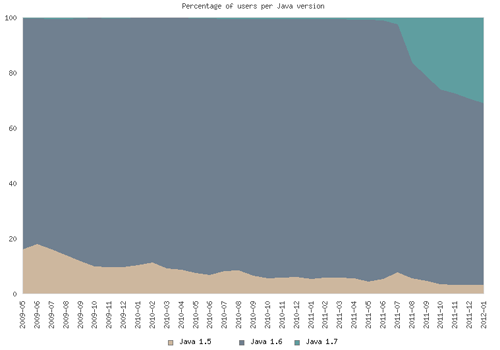 In order to provide more ways to support teachers who are using Greenfoot (or thinking about using Greenfoot), as well as anyone else interested in Greenfoot, we are starting a series of live chat sessions:
In order to provide more ways to support teachers who are using Greenfoot (or thinking about using Greenfoot), as well as anyone else interested in Greenfoot, we are starting a series of live chat sessions:
Greenfoot Live
Programming Education Chat With The Greenfoot Team
Greenfoot Live will be a regular chat event where members of the Greenfoot team will be live online and talk about Greenfoot, among ourselves and with you – the users of Greenfoot. The event is aimed mostly at teachers who use Greenfoot in their classes, but also at general Greenfoot users.
We will discuss educational aspects, as well as general programming topics, related to Greenfoot.
You will have a chance to listen to us talk, as well as ask questions.
The first Greenfoot Live event will be held on
Monday, 8 May 2017, at 5pm UK time
That is
- 5pm in the UK
- 4pm GMT
- 9am in San Francisco
- 12noon in New York
- 18:00 in Germany, Scandinavia, Italy, France, …
- 2am in Sydney (sorry…)
After this first event on 8 May, we will host Greenfoot Live every two weeks. Recordings of these events will be accessible afterwards for viewing retrospectively.
Don’t forget to mark this date in your diary with a big red pen and join us in a couple of weeks!




